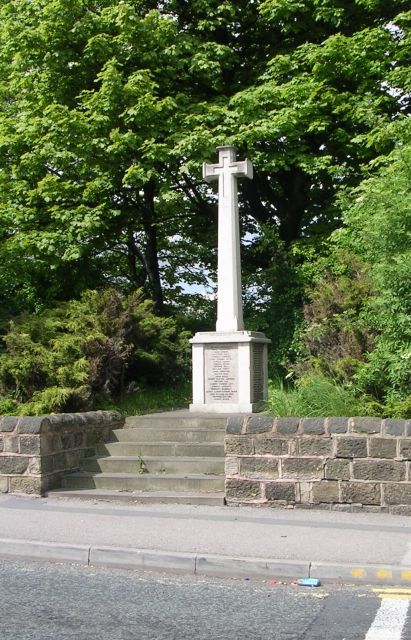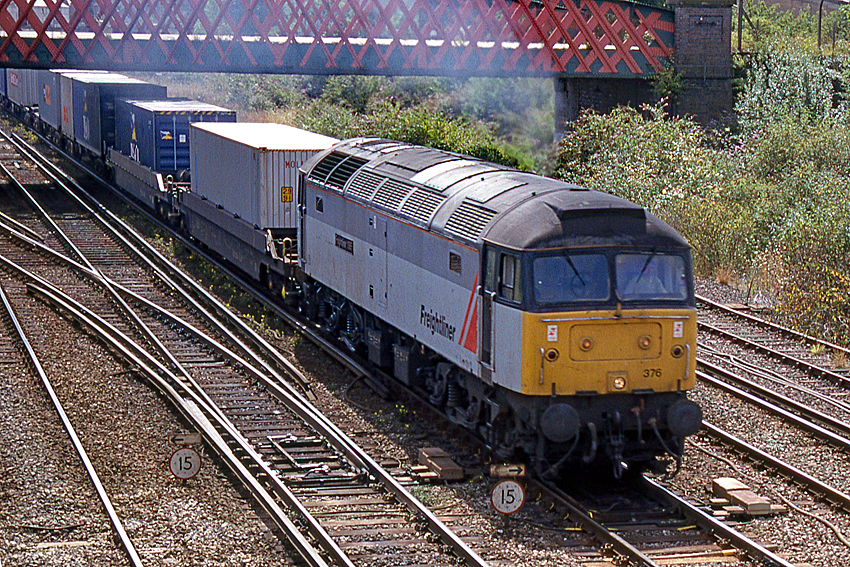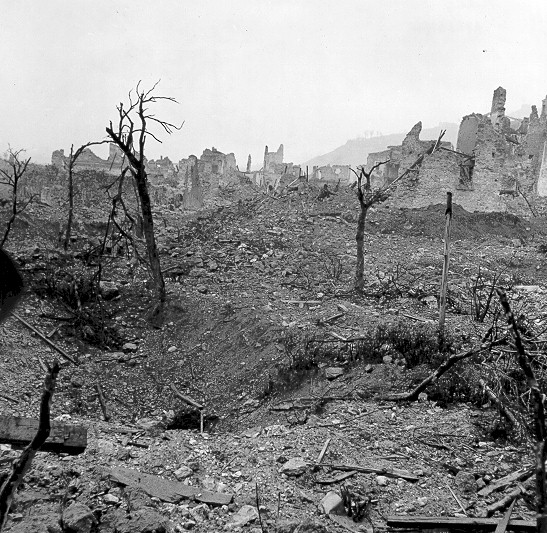|
Stourton, Leeds
Stourton is a mainly industrial area of the city of Leeds, West Yorkshire, England. The area falls within the City and Hunslet ward of Leeds Metropolitan Council. Location The area is to the south-east of Leeds city centre, between Hunslet, the M1 motorway and Cross Green in the LS10 postcode area. History Until the local boundary changes in the 1970s Stourton was a village in the Rothwell Urban District, attached to the southernmost border of Leeds, and administered by the West Riding County Council. Stourton dates from the Industrial Revolution, and was a community of about 2,500 people with its own churches and pubs, but from the 1970s the housing was demolished to make way for motorways and industrial developments, until by 1990 little remained of the village except its war memorial. This memorial to "the men of Stourton and Thwaitegate" lists 75 names from the First World War and 25 from the Second. It was moved from its original site to a new one donated by Waddingto ... [...More Info...] [...Related Items...] OR: [Wikipedia] [Google] [Baidu] |
Stourton And Thwaitegate War Memorial - Wakefield Road - Geograph
Stourton (pronunciation: ) may refer to: People Stourton is an English surname. Notable people with this surname include: *Arthur Stourton (died 1558), English courtier, keeper of royal jewels and robes *Baron Stourton * Edward Stourton (born 1957), British broadcaster and presenter at BBC *Erasmus Stourton (1603–1658), English clergyman and early settler to the Colony of Avalon, Newfoundland *Ivo Stourton (born 1982), British author and solicitor * John Stourton (1899–1992), British politician *Sir Reginald Stourton (1434–?), English knight *Tom Stourton (born 1987), English actor, comedian, writer Places *Stourton, Staffordshire *Stourton, Warwickshire *Stourton, West Yorkshire, area of Leeds * Stourton, Wiltshire *Stourton Caundle, Dorset * Stourton Park, home of Stourbridge R.F.C. *Stourton, fictional country house of Charles Rainier in ''Random Harvest ''Random Harvest'' is a novel written by James Hilton, first published in 1941. Like previous Hilton works, incl ... [...More Info...] [...Related Items...] OR: [Wikipedia] [Google] [Baidu] |
York And Lancaster Regiment
The York and Lancaster Regiment was a line infantry regiment of the British Army that existed from 1881 until 1968. The regiment was created in the Childers Reforms of 1881 by the amalgamation of the 65th (2nd Yorkshire, North Riding) Regiment of Foot and the 84th (York and Lancaster) Regiment of Foot. The regiment saw service in many small conflicts and both World War I and World War II until 1968, when the regiment chose to be disbanded rather than amalgamated with another regiment, one of only two infantry regiments in the British Army to do so, with the other being the Cameronians (Scottish Rifles). History The regiment was formed on 1 July 1881 through the amalgamation of two regiments of foot and a militia regiment: * 65th (2nd Yorkshire) Regiment * 84th (York and Lancaster) Regiment * 3rd West York Light Infantry Militia (two battalions) Under the original scheme of amalgamation announced in March 1881 the title of the new regiment was to be The Hallamshire Regiment. This ... [...More Info...] [...Related Items...] OR: [Wikipedia] [Google] [Baidu] |
Leeds Midland Road Depot
Leeds Midland Road depot is a locomotive and rolling stock maintenance facility located in Leeds, West Yorkshire, England. The site is located a few miles to the south-east of Leeds station on the line between Leeds and Castleford. Owned and operated by Freightliner, it is the heavy maintenance facility for its diesel and electric locomotives and wagon fleet. History Leeds Midland Road depot was opened in 2003 by London & North Western Railway (LNWR) as a maintenance facility to maintain the Freightliner Class 66 fleet under a ten-year contract. and was located on the former Balm Road sidings that had been used to offload quarry products. LNWR were contracted to maintain up to 30 class 66 locomotives that worked in the Yorkshire area at the site, with heavier maintenance being carried out by Electro-Motive. In 2006, Freightliner Maintenance Limited (FML) was formed and assumed control of operations at Leeds. FML is a subsidiary of the Freightliner Group and was instituted w ... [...More Info...] [...Related Items...] OR: [Wikipedia] [Google] [Baidu] |
London Gateway
DP World London Gateway is a port within the wider Port of London, on the north bank of the River Thames in Thurrock, Essex. Opened in November 2013, the site is a fully integrated logistics facility, consisting of a semi-automated deep-sea container terminal which is on the same site as a land bank for the development of warehousing, distribution facilities, and ancillary logistics services. The facility is located 30 miles (48 km) east of central London. The deep-water port is able to handle some of the largest container ships in the world. On a weekly basis, the port is now linked with 51 countries and more than 90 ports all over the world, including Asia, Australia, the United States, US, South America, Africa, India, and Southern Europe. The largest ships anchor off Suffolk to await the pilot vessel from Harwich to escort them to London Gateway through the shifting sands off Essex. Undertaken by DP World, the new facility significantly increased the capabilities an ... [...More Info...] [...Related Items...] OR: [Wikipedia] [Google] [Baidu] |
Freightliner Group
Freightliner Group is a rail freight and logistics company headquartered in the United Kingdom. It is owned by Brookfield Corporation, Brookfield, a Canadian investment management company and GIC (sovereign wealth fund), GIC, a Singaporean sovereign wealth fund. It was originally created after the Transport Act 1968 as Freightliner Limited, a British government-owned company. From its onset, Freightliner was focused on the haulage of international traffic, thus came to centre its activities around Britain's sea ports, often building new multimodal freight depots adjacent to such locations to better capture this business. During the late 1970s, it was reorganised under British Rail, and became a part of its Railfreight Distribution subsidiary during the late 1980s. Work to expand the loading gauge on routes such as the East Coast Main Line were undertaken, allowing trains hauling larger containers to be routes, were conducted around this time. Numerous domestic depots previously ... [...More Info...] [...Related Items...] OR: [Wikipedia] [Google] [Baidu] |
Stourton Freightliner Terminal
Stourton Freightliner Terminal (Stourton FLT), is a railfreight intermodal transport hub located in Stourton, Leeds, England. It is operated by the Freightliner Group, and has services arriving and departing for ports in Felixstowe, Southampton and Tilbury in the south of England. Stourton serves as a dedicated collection and delivery point for containers across Yorkshire, with a minor sub-service to Teesport in Middlesbrough by rail. The site was opened in July 1967 by British Rail as part of its dedicated Freightliner brand. Between the closure of many intermodal terminals in the 1980s, and the prospect of a resurgence in Channel Tunnel traffic, Stourton was the only intermodal terminal in Yorkshire between 1987 and 1994. History When the Freightliner brand was introduced by British Rail (BR) in the 1960s, three of the initial 17 terminals would be in the Yorkshire region (Hull, Leeds and Sheffield). The site was built on the former Stourton sidings, which were earmarked for ... [...More Info...] [...Related Items...] OR: [Wikipedia] [Google] [Baidu] |
Intermodal Freight Transport
Intermodal freight transport involves the transportation of freight in an intermodal container or vehicle, using multiple modes of transportation (e.g., rail, ship, aircraft, and truck), without any handling of the freight itself when changing modes. The method reduces cargo handling, and so improves security, reduces damage and loss, and allows freight to be transported faster. Reduced costs over road trucking is the key benefit for inter-continental use. This may be offset by reduced timings for road transport over shorter distances. Origins Intermodal transportation has its origin in 18th century England and predates the railways. Some of the earliest containers were those used for shipping coal on the Bridgewater Canal in England in the 1780s. Coal containers (called "loose boxes" or "tubs") were soon deployed on the early canals and railways and were used for road/rail transfers (road at the time meaning horse-drawn vehicles). Wooden coal containers were first used on the ... [...More Info...] [...Related Items...] OR: [Wikipedia] [Google] [Baidu] |
High Speed 2
High Speed 2 (HS2) is a high-speed railway which has been under construction in England since 2019. The line's planned route is between Handsacre – in southern Staffordshire – and London, with a Spur line, branch to Birmingham. HS2 is to be Britain's second purpose-built High-speed rail in the United Kingdom, high-speed railway (after High Speed 1, the London to Channel Tunnel link). London and Birmingham are to be served directly by new high-speed track. Services to Glasgow, Liverpool, and Manchester are to use a mix of new high-speed track and the existing West Coast Main Line. The majority of the project is planned to be completed by 2033. The new track is being built between London Euston railway station, London Euston and Handsacre, near Lichfield in southern Staffordshire, where a junction connects HS2 to the north-south West Coast Main Line. New stations are planned for Old Oak Common railway station, Old Oak Common in northwest London, Birmingham Interchange railw ... [...More Info...] [...Related Items...] OR: [Wikipedia] [Google] [Baidu] |
Gateway 45
Gateway 45 is an industrial estate and park and ride location on the south eastern edge of Leeds, West Yorkshire, England. The site was initially developed under the name Temple Green and is located with the M1 Motorway on its southern edge and the A63 road on its eastern edge. In July 2018, it was announced that the site had been selected as the location of the planned High Speed 2 phase 2 rolling stock maintenance depot. History The site is located on farmland and former industrial land with planning consent for over . It is next to the M1 Motorway and the A63, which is known as the East Leeds Link Road.The joint partnership is known as ''Aire Valley Land'' and owns of land in the area. The M1 link road to the A1(M) opened in 1999, but whilst junction 45 was completed on the motorway, no roads radiated from it until the A63 opened into Leeds ten years later. The site was originally known as ''Templegate'' and ''Temple Green'' when it was first developed in 2009, but has sin ... [...More Info...] [...Related Items...] OR: [Wikipedia] [Google] [Baidu] |
Cassino Memorial
Cassino () is a ''comune'' in the province of Frosinone at the southern end of the region of Lazio. It's the last city of the Latin Valley. It is located at the foot of Monte Cairo near the confluence of the Gari and Liri rivers and on the via Casilina between Rome and Naples. The city is best known as the site of the Abbey of Montecassino and the Battle of Monte Cassino during World War II, which resulted in huge Allied and German casualties as well as the near total destruction of the town itself. It is also home to the University of Cassino and Southern Lazio. Cassino has a population of 35,969 as of July 2017, making it the second largest town in the province. History Ancient Cassino's roots lie in the settlement of Casinum, the last city of the Latins, of UmbrianTacitus, Annales or Venetic or Oscan origin, [...More Info...] [...Related Items...] OR: [Wikipedia] [Google] [Baidu] |
Cassino
Cassino () is a ''comune'' in the province of Frosinone at the southern end of the region of Lazio. It's the last city of the Valle Latina, Latin Valley. It is located at the foot of Monte Cairo near the confluence of the Gari (river), Gari and Liri rivers and on the via Casilina between Rome and Naples. The city is best known as the site of the Monte Cassino, Abbey of Montecassino and the Battle of Monte Cassino during World War II, which resulted in huge Allied and German casualties as well as the near total destruction of the town itself. It is also home to the University of Cassino and Southern Lazio. Cassino has a population of 35,969 as of July 2017, making it the second largest town in the province. History Ancient Cassino's roots lie in the settlement of Casinum, the last city of the Latins (Italic tribe), Latins, of Umbri, UmbrianTacitus, Annales or Venetic or Oscan origin, [...More Info...] [...Related Items...] OR: [Wikipedia] [Google] [Baidu] |








